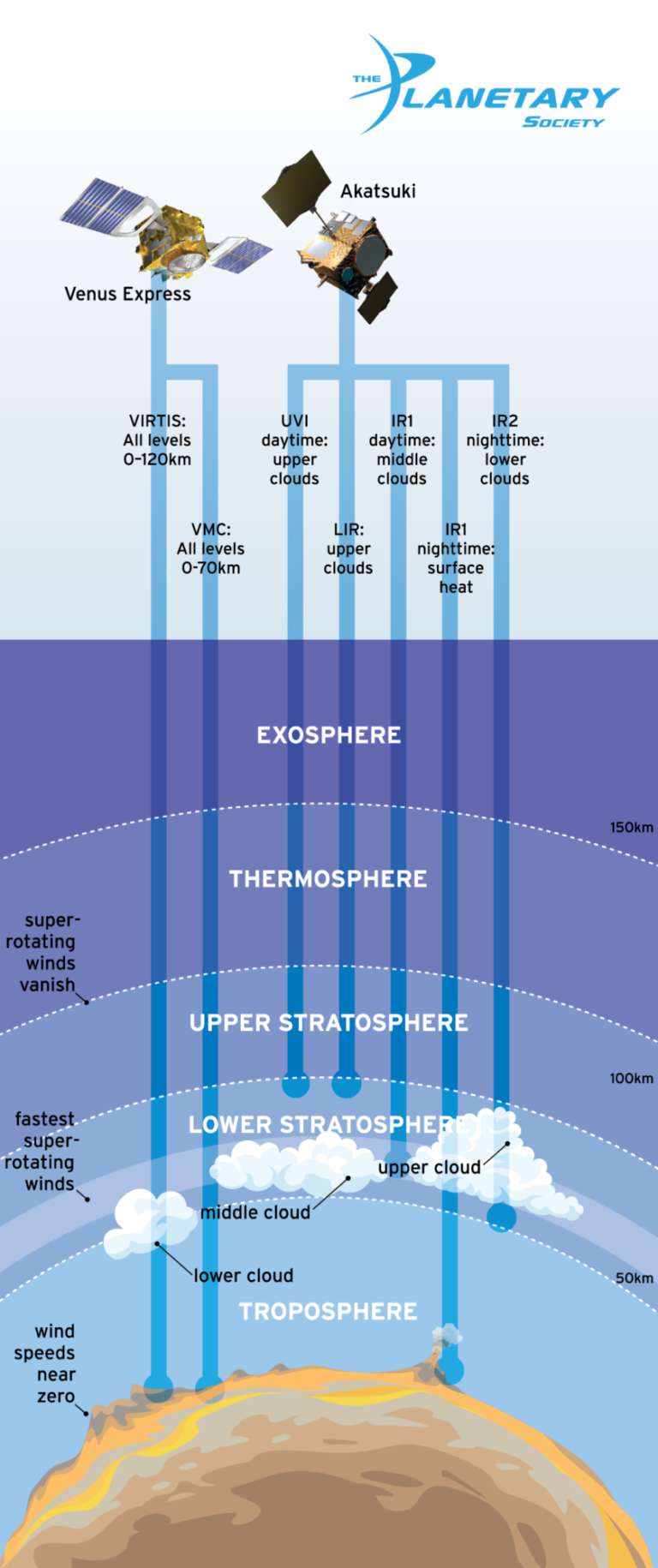Bruce Murray Space Image Library
Probing Venus' atmosphere

This diagram was created for the September 2019 issue of The Planetary Report.
Bruce Murray Space Image Library

This diagram was created for the September 2019 issue of The Planetary Report.